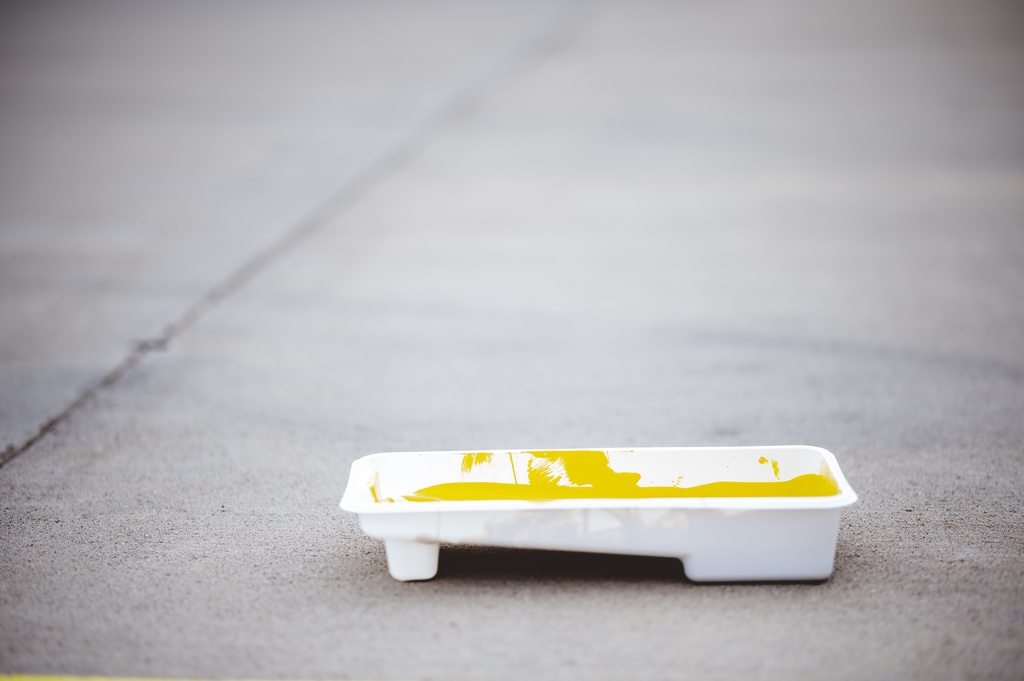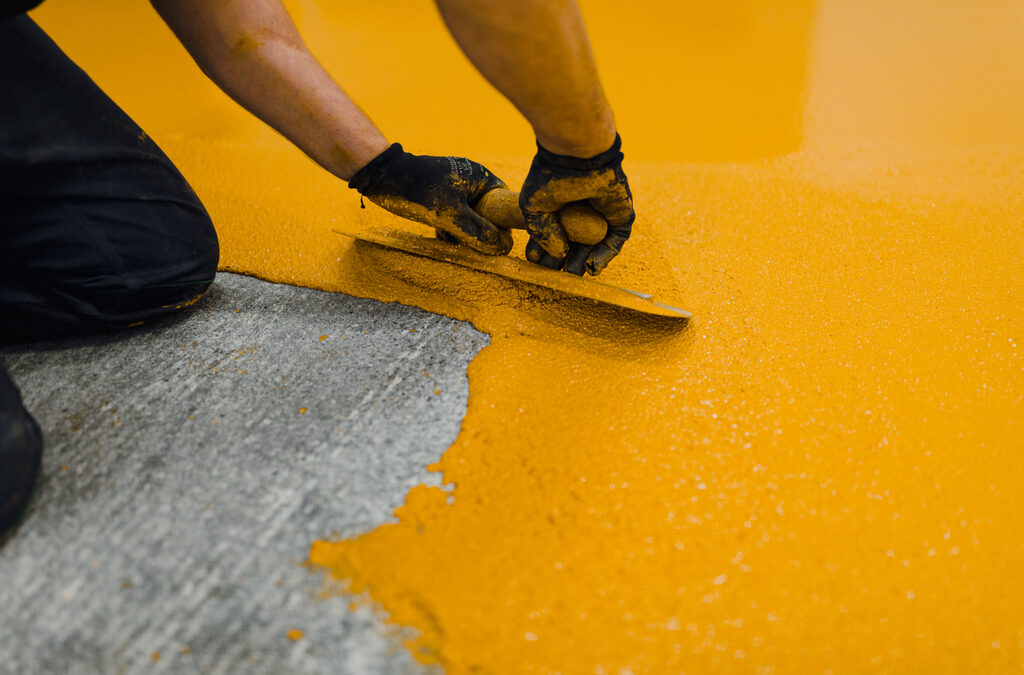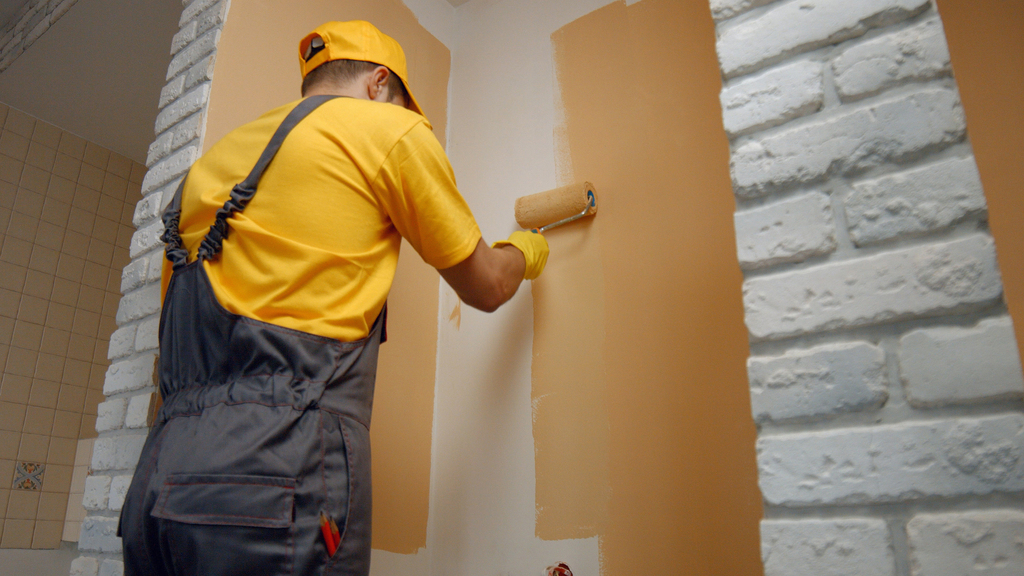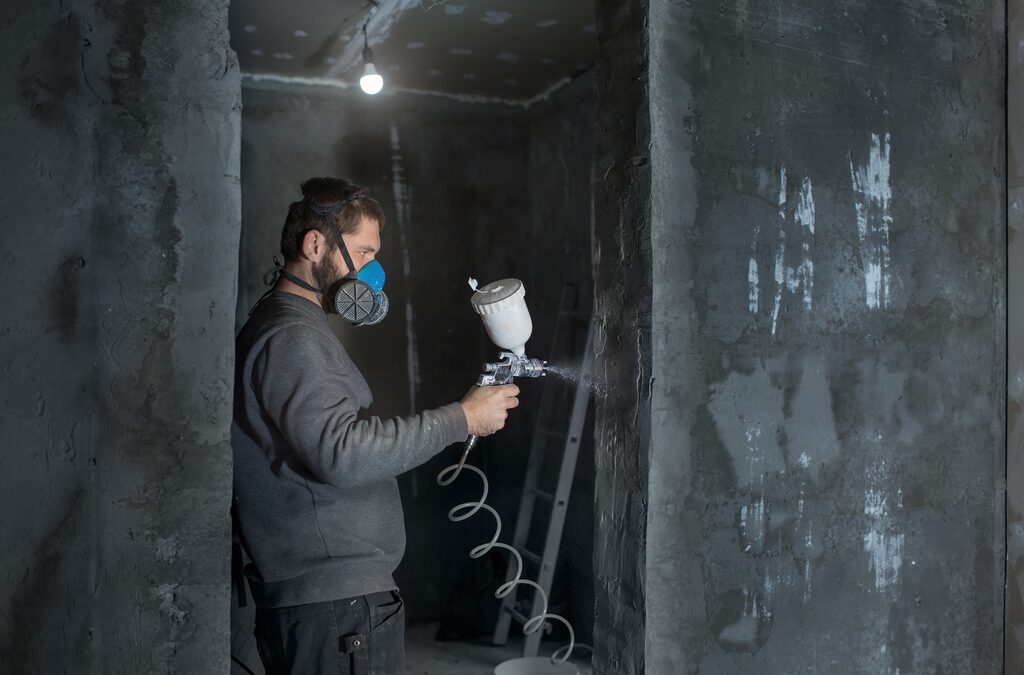Primer paint for concrete is a specialized coating applied before the main paint or finishing coat on concrete surfaces. Given concrete’s porous nature, this primer serves as a critical preparatory layer that smooths the surface, fills in tiny imperfections, and promotes better paint adhesion. Whether for interior walls or exterior surfaces like patios and garages, primer paint helps to achieve a more durable, professional finish.
Why Use Primer Paint on Concrete Surfaces?
Using primer paint on concrete provides a range of benefits. Concrete is naturally absorbent, meaning that paint can easily soak into the surface, which can result in uneven coverage and an irregular finish. Primer paint creates a barrier, allowing the paint to bond more effectively, ensuring a smooth, long-lasting result. This step also reduces the risk of peeling, cracking, or other paint failures over time.
For expert advice on priming and painting concrete, you can also consult professional painters, such as those at Lifetime Painters, who specialize in creating long-lasting finishes for concrete surfaces.

Types of Primer Paint for Concrete
Different types of primer paint are available, each suited to specific conditions and concrete needs:
- Acrylic Primer – Ideal for most concrete surfaces, this type is water-based and easy to apply. It works well for both interior and exterior projects.
- Epoxy Primer – Known for its durability, epoxy primer is often used in industrial settings or high-traffic areas like garages. It provides excellent adhesion and can withstand moisture.
- Polyurethane Primer – This type is typically used when dealing with concrete surfaces that have stains or irregularities. It fills gaps and provides a smooth surface.
- Silane Sealers – Perfect for exterior concrete, silane sealers form a strong bond that protects against moisture and temperature changes.
How Primer Paint Enhances Adhesion and Durability
Primer paint improves adhesion by filling the pores and minor surface flaws in concrete, creating a smooth base for the paint to adhere to. This process minimizes the risk of chipping, peeling, or flaking over time, even in high-traffic or outdoor areas. Additionally, primer paint enhances durability by providing a moisture barrier, essential for concrete in damp or humid environments.
The team at Lifetime Painters highlights the importance of primer for concrete in prolonging the lifespan of your paint job, particularly in regions with varying weather conditions.
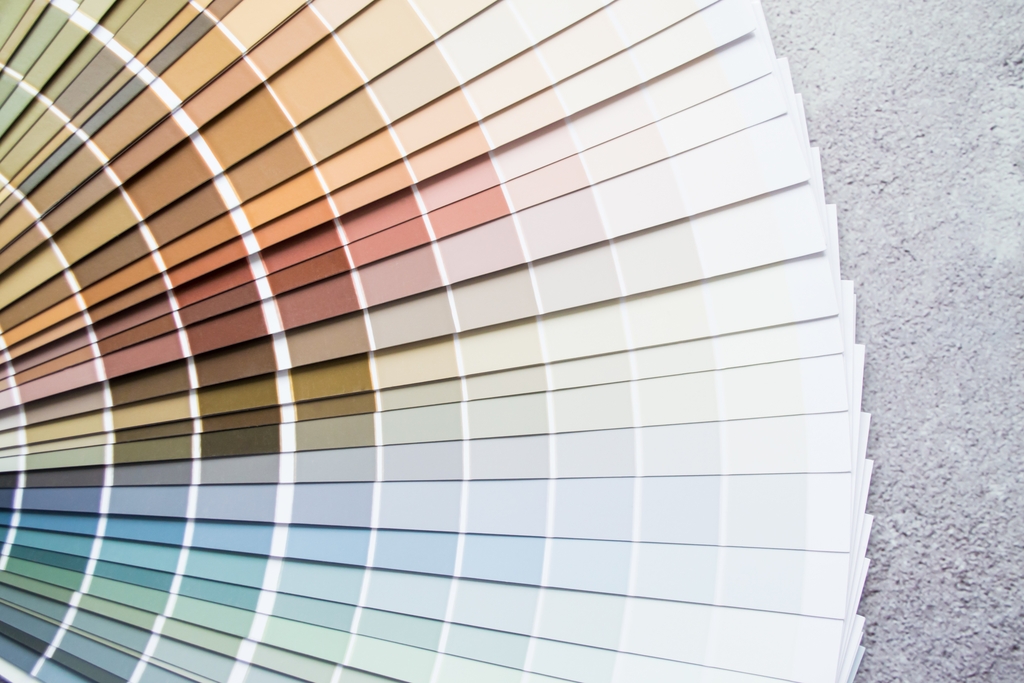
Step-by-Step Guide to Applying Primer Paint on Concrete
Applying primer paint to concrete requires preparation and careful attention to detail. Here’s a straightforward guide:
- Clean the Surface – Begin by cleaning the concrete surface thoroughly to remove dirt, dust, and any previous paint. Pressure washing or scrubbing with soapy water can help.
- Repair Cracks and Imperfections – Fill in any cracks or holes with a concrete filler. Allow it to dry completely before moving on.
- Apply the Primer – Use a paintbrush or roller to apply an even coat of primer paint. Make sure to follow the manufacturer’s instructions regarding drying times.
- Let it Cure – Allow the primer to dry fully, usually for 24 hours, before applying the topcoat of paint.
Common Mistakes to Avoid When Priming Concrete
- Skipping Surface Preparation – Skipping the cleaning and repair steps can lead to poor adhesion.
- Applying Too Much Primer – A thin, even coat is more effective than a heavy one.
- Using the Wrong Primer Type – Different primers are designed for specific conditions. Be sure to select the right one for your surface.
Frequently Asked Questions About Concrete Primer
Do I need primer for all concrete surfaces?
Yes, priming is essential for all concrete surfaces to achieve a smooth, lasting finish.
How long should primer dry before painting?
Typically, primer should dry for at least 24 hours, but check the product label for specific drying times.
Can I skip the primer if I use concrete-specific paint?
Using primer is always recommended, as it maximizes the paint’s adherence and durability.
By following these steps and ensuring the correct primer for each type of concrete surface, you’ll ensure a professional-grade finish. For more tips on achieving long-lasting concrete finishes, consider consulting with professional painters like Lifetime Painters, who can offer guidance on the best practices for concrete surfaces.

